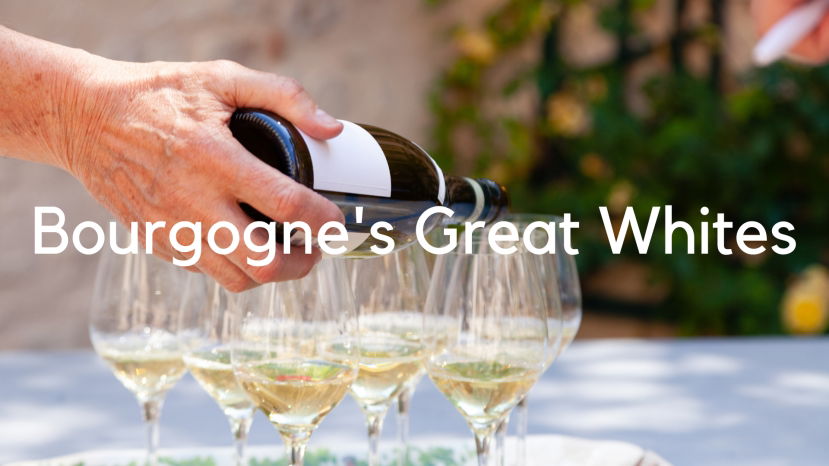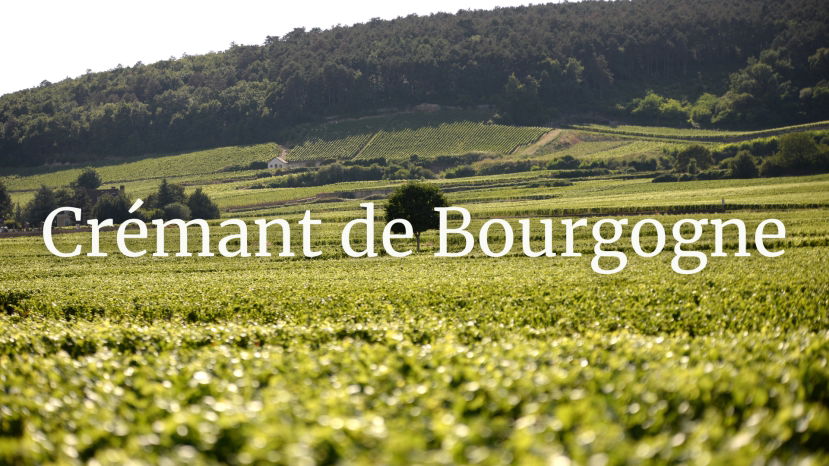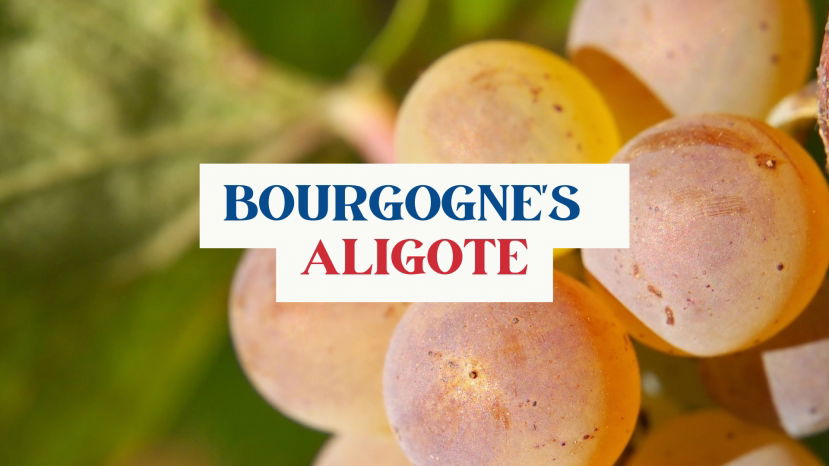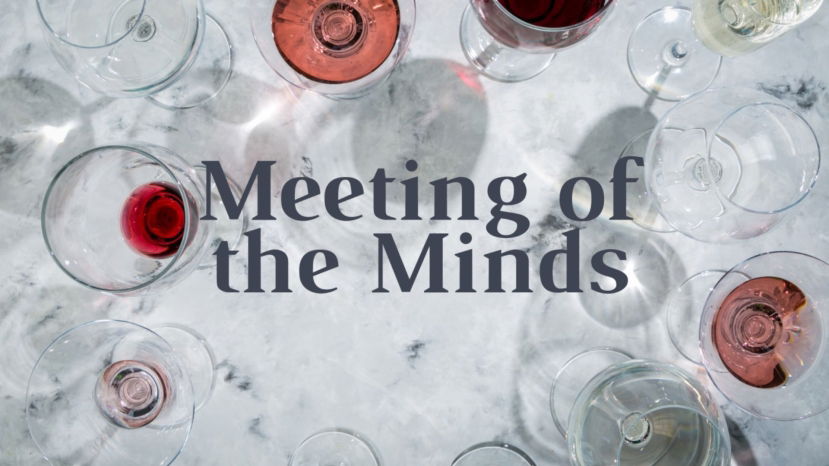BLOG
Robin Kick
Summary: The wines and terroirs from Meursault, Puligny-Montrachet, Chassagne-Montrachet are some of Bourgognes most legendary. But what are their similarities and differences? This WSG Live will explore some of the nuances between Bourgognes most renowned Chardonnay villages to help students better navigate between the three in terms of personality, wine style and terroir. Presenter: Robin Kick MW Originally from the Chicago area, Robin is a Master of
Summary: Crémant de Bourgogne is the 3rd largest AOC in volume in Bourgogne after Chablis and Mâcon AOCs, comprising around 11% of the region’s wines. While it is generally considered a ‘modest appellation’, it was not always as such. Bourgogne’s ‘mousseux’ wines were amongst the most prized and sought-after in the region in the 19th century and the beginning of the 20th. This webinar
Summary: Aligoté has been getting increasingly more attention in the last 10 years or so in Bourgogne by producers and drinkers alike due to a combination of factors, including climate change and massale selections. This webinar will focus on Bourgogne’s ‘Second White Grape’ by delving into its history, attributes, viticulture, winemaking, appellations and producers
Summary: The famous classifications of Bordeaux (discussed in our Meeting of the Minds webinar on June 22nd) are based on properties – privately owned land entities whose boundaries are subject to change. Of more significance to French wine as a whole, though, are the land classifications based on the notion of the cru or ‘growth’: an entity which rarely coincides, Bordeaux excepted, with private property boundaries and which thus might be considered a
Summary: Whole cluster (or whole bunch) fermentation is the winemaking method of using whole grape clusters without destemming during vinification. It is one of the oldest winemaking methods though the introduction of modern destemming machines after World War II shifted winemaking, eliminating much of its use. However over the last 20 years, it has been making a comeback in Burgundy and beyond,





